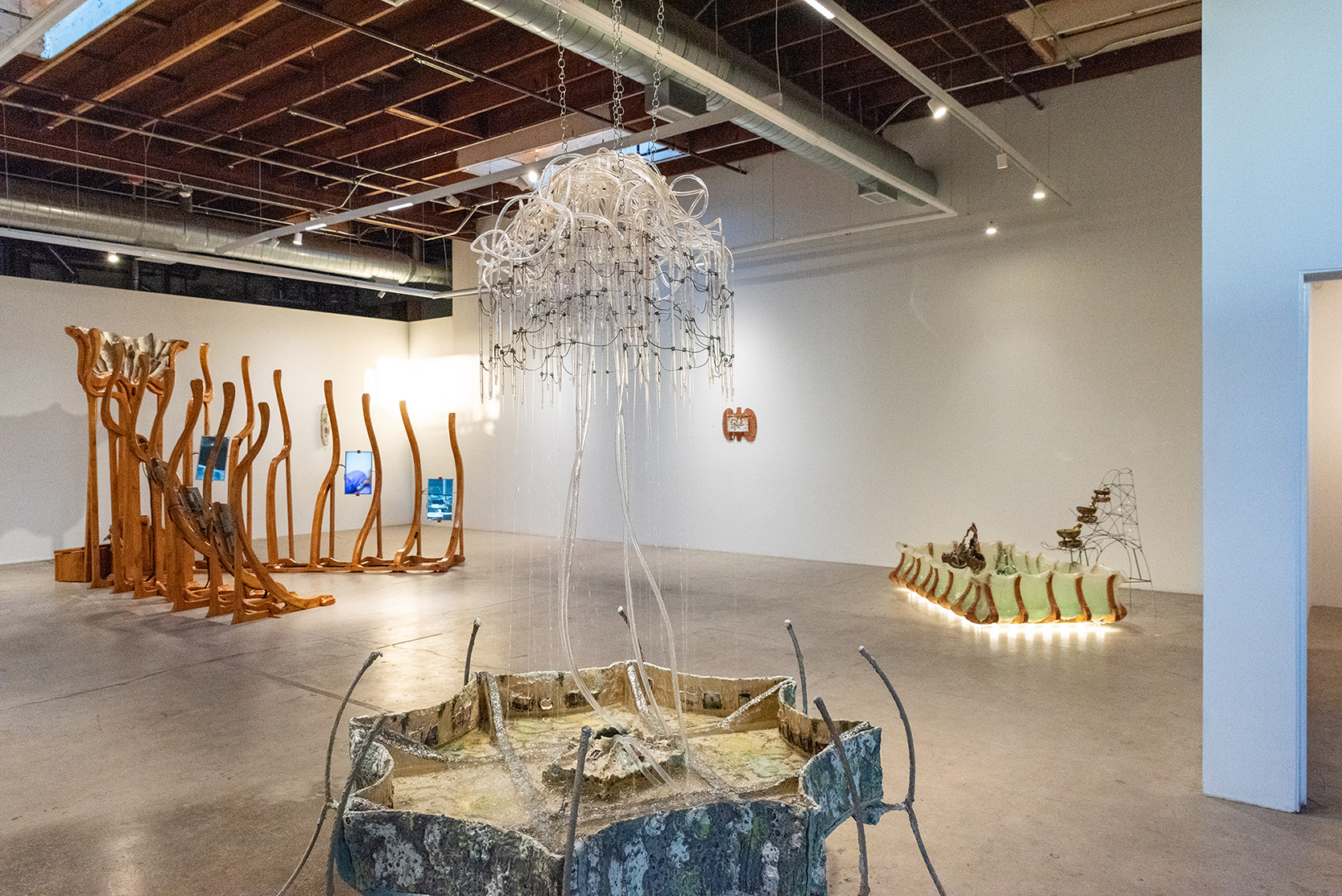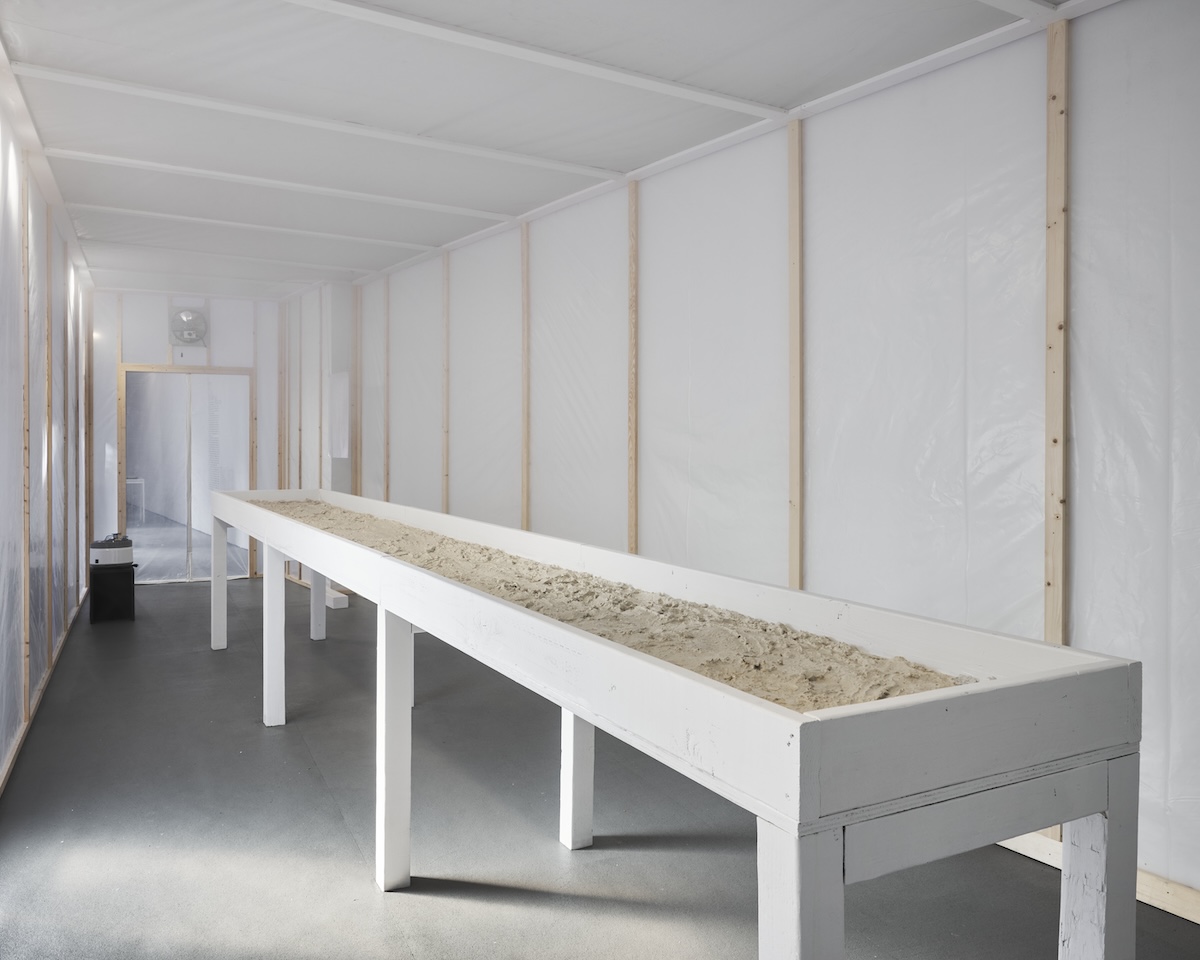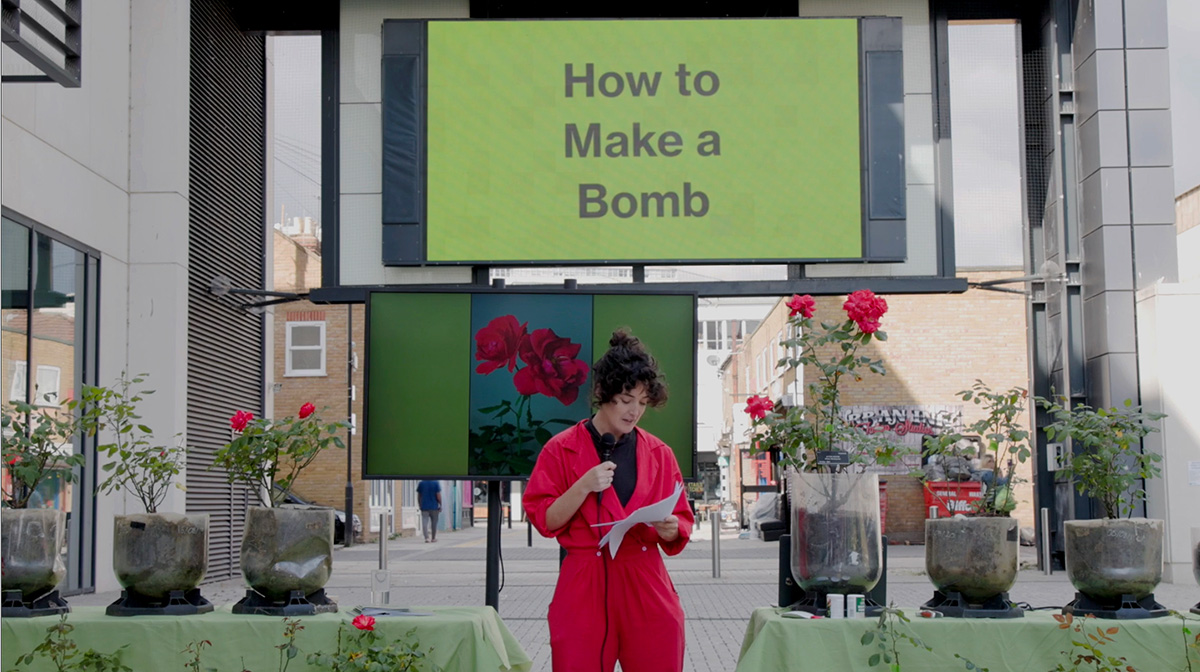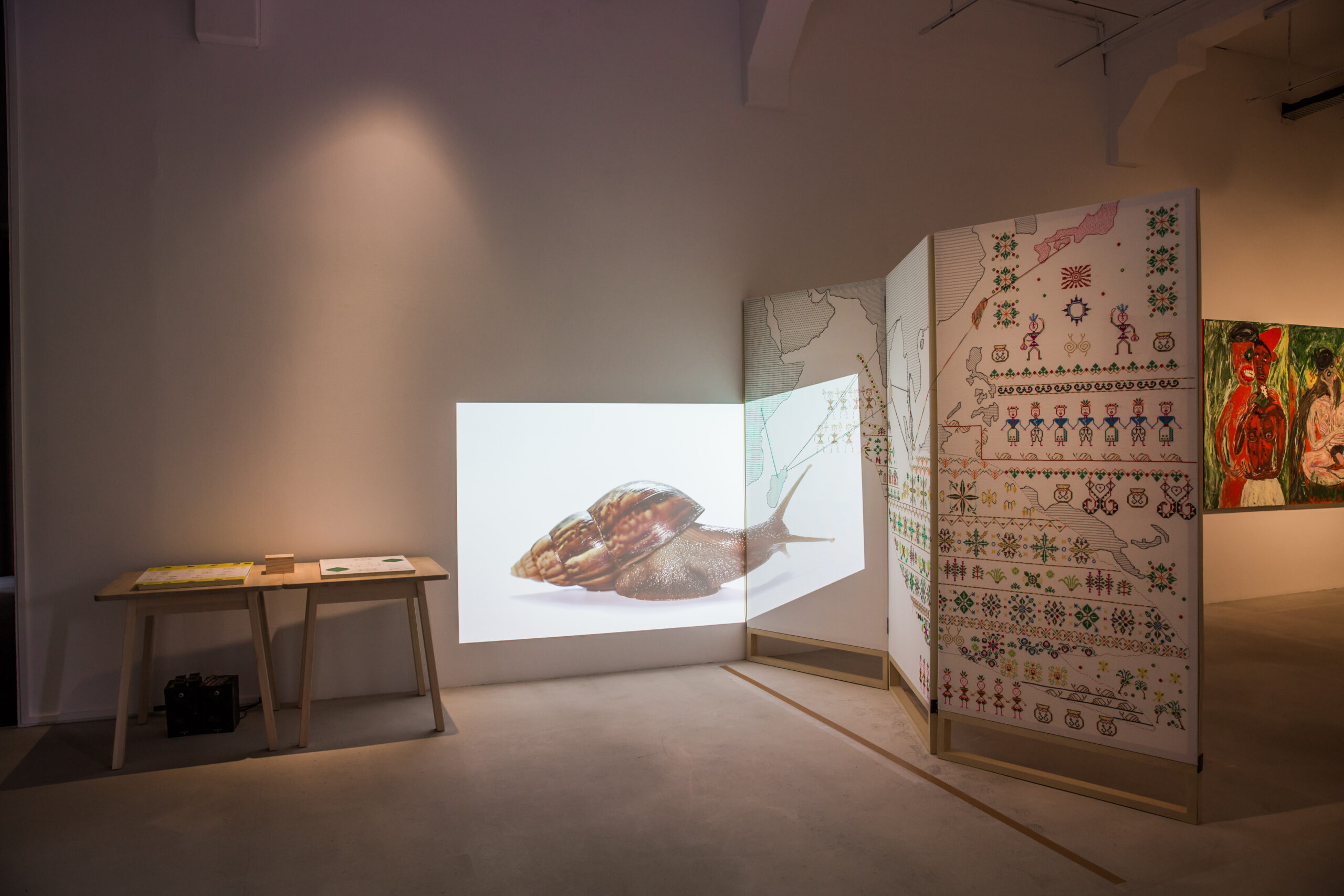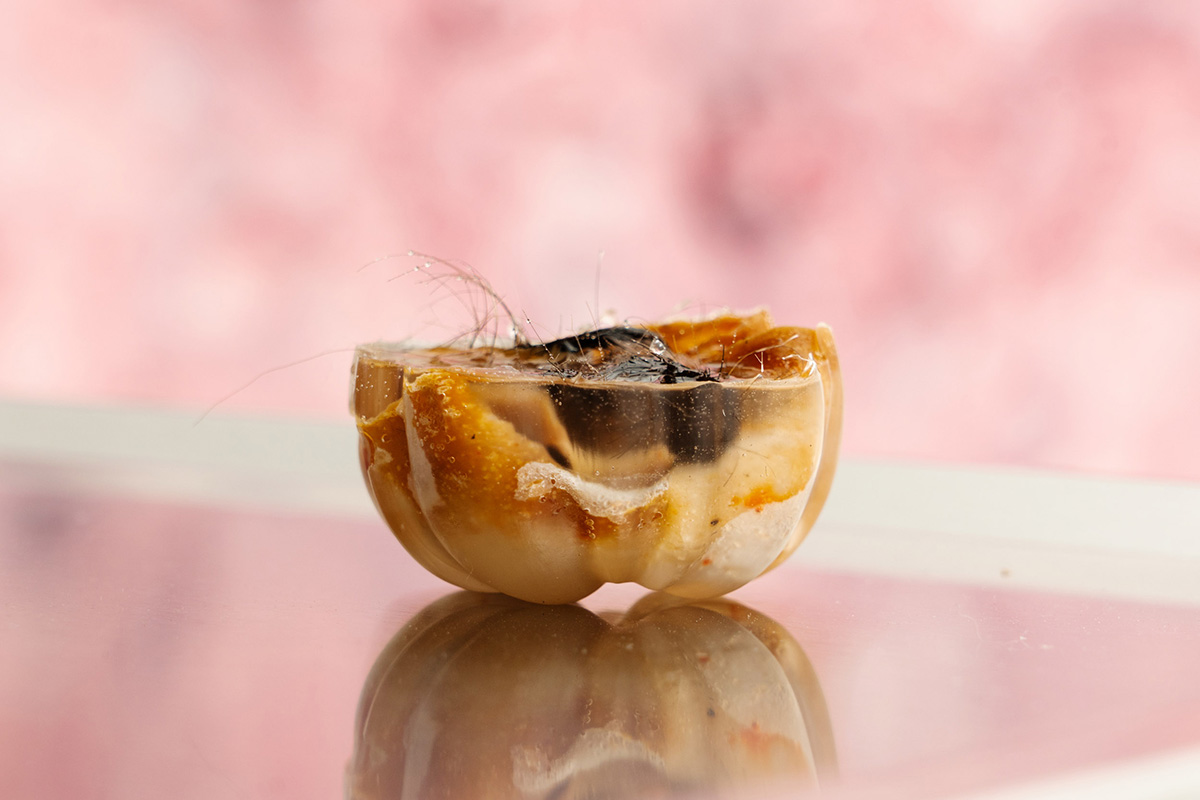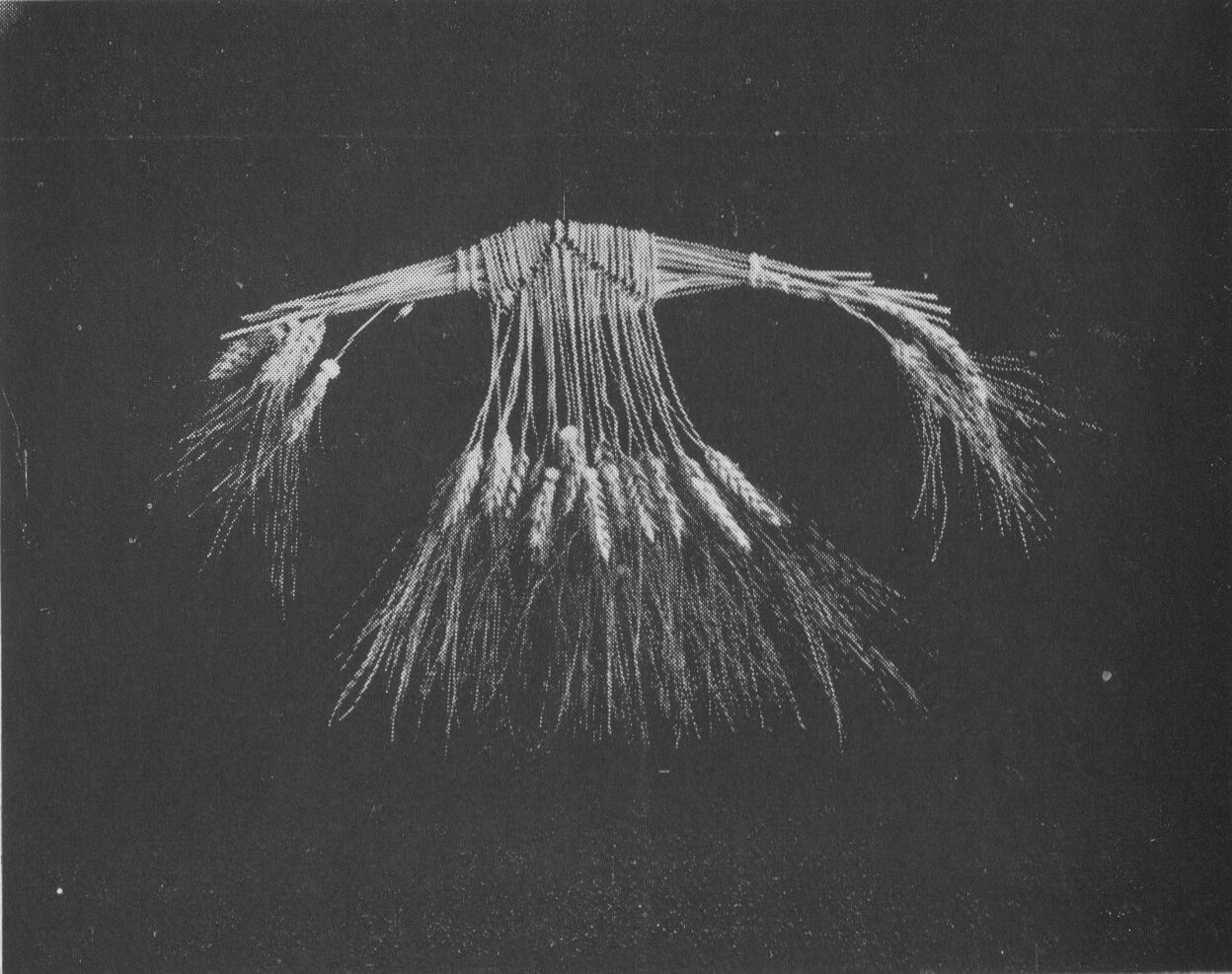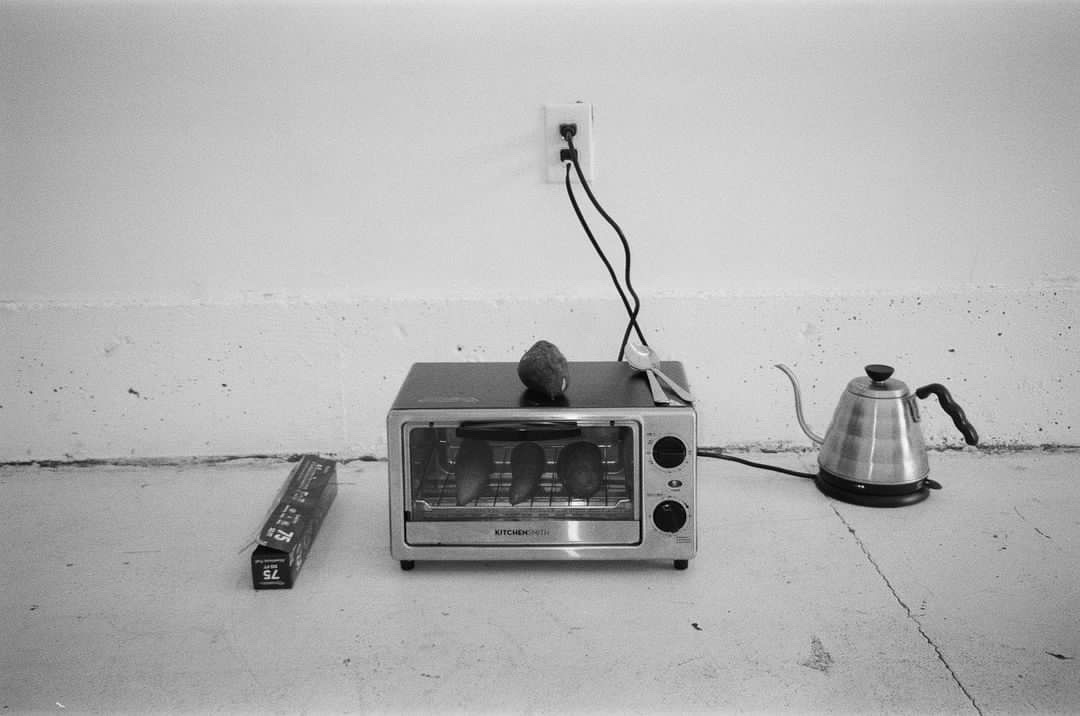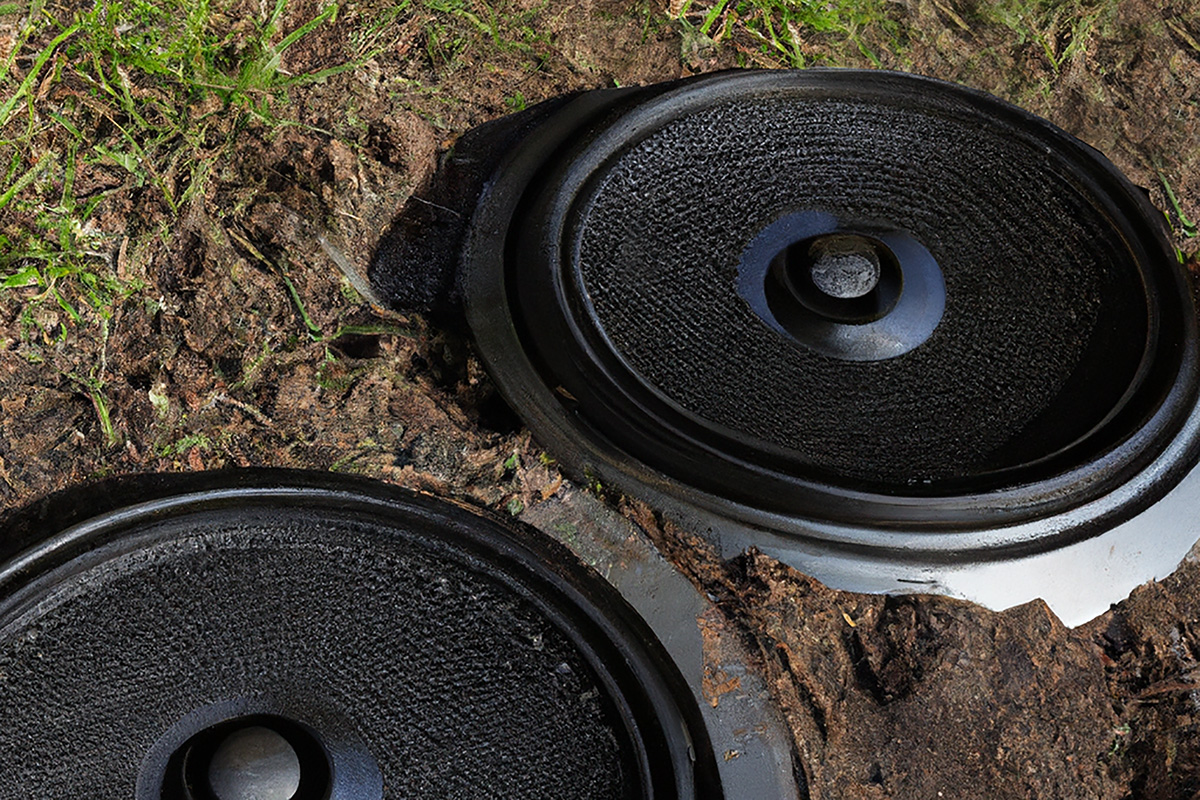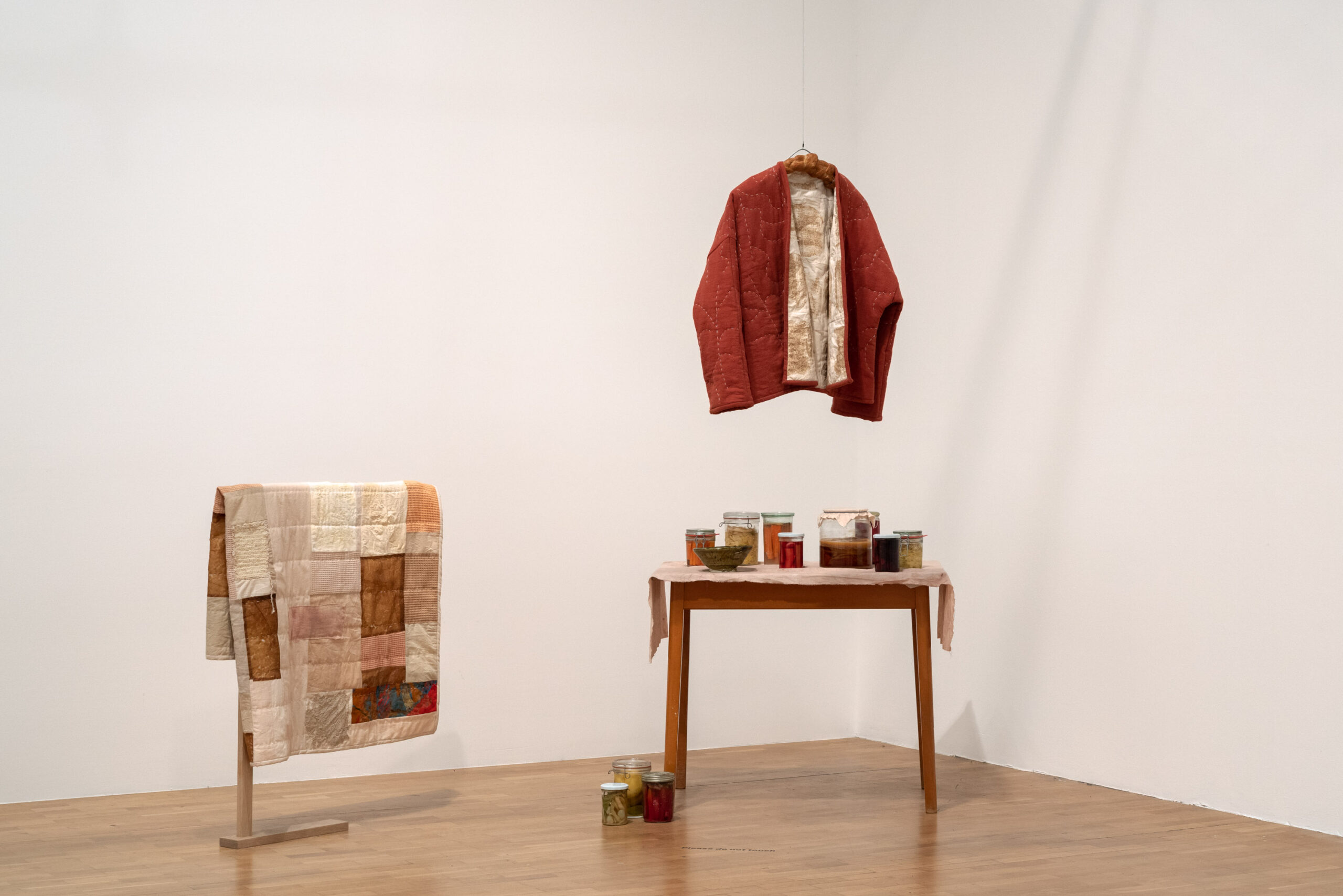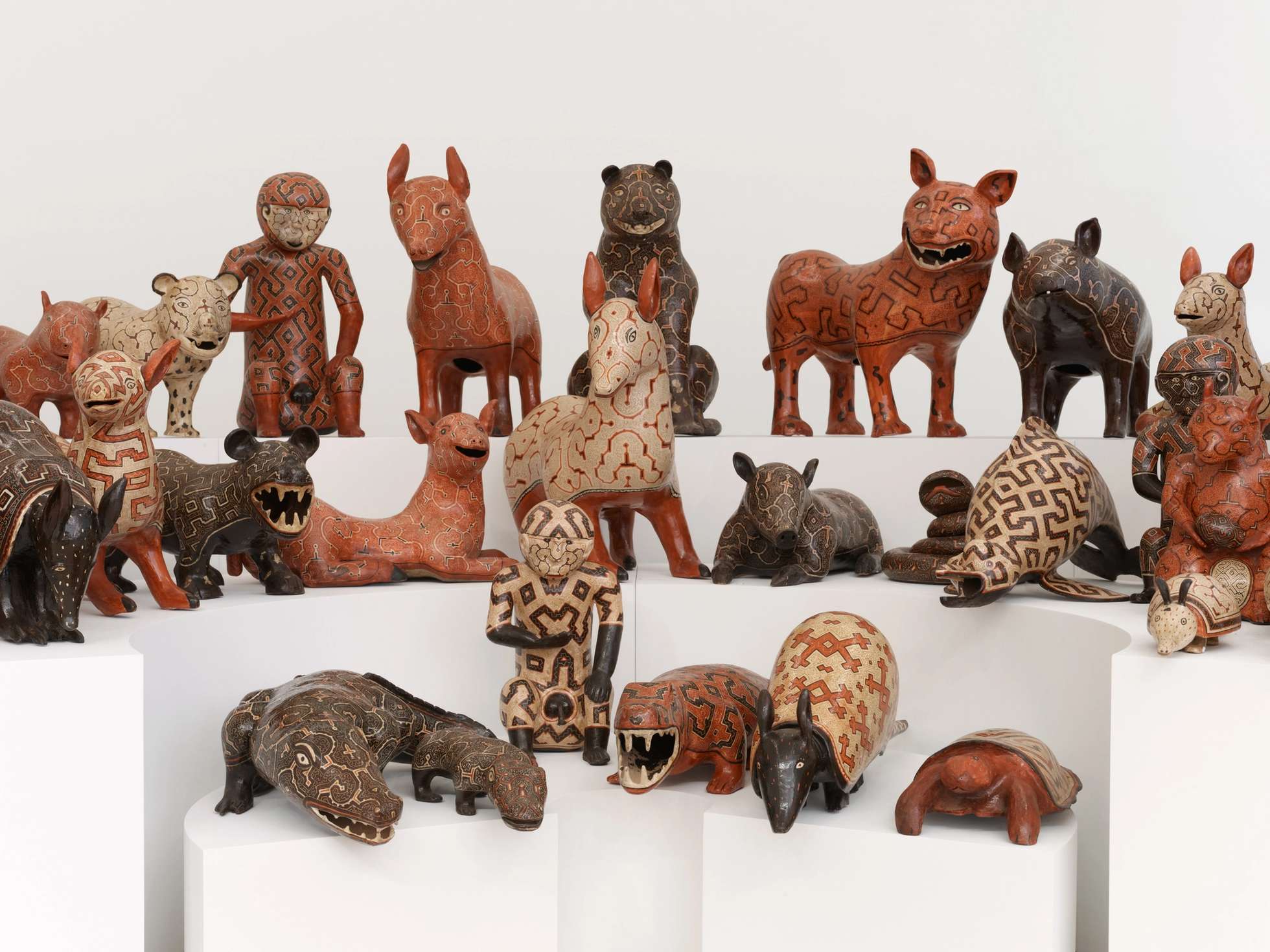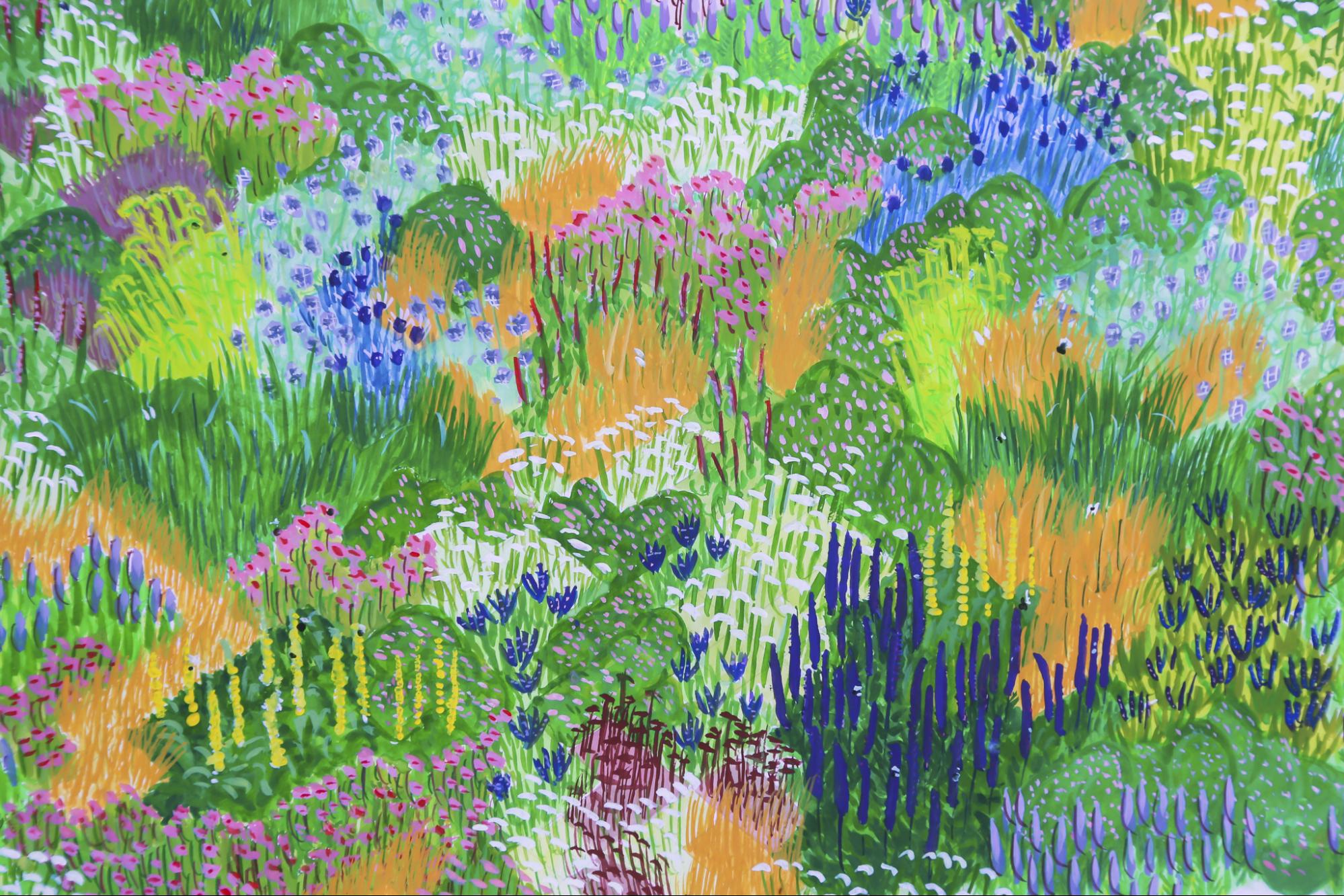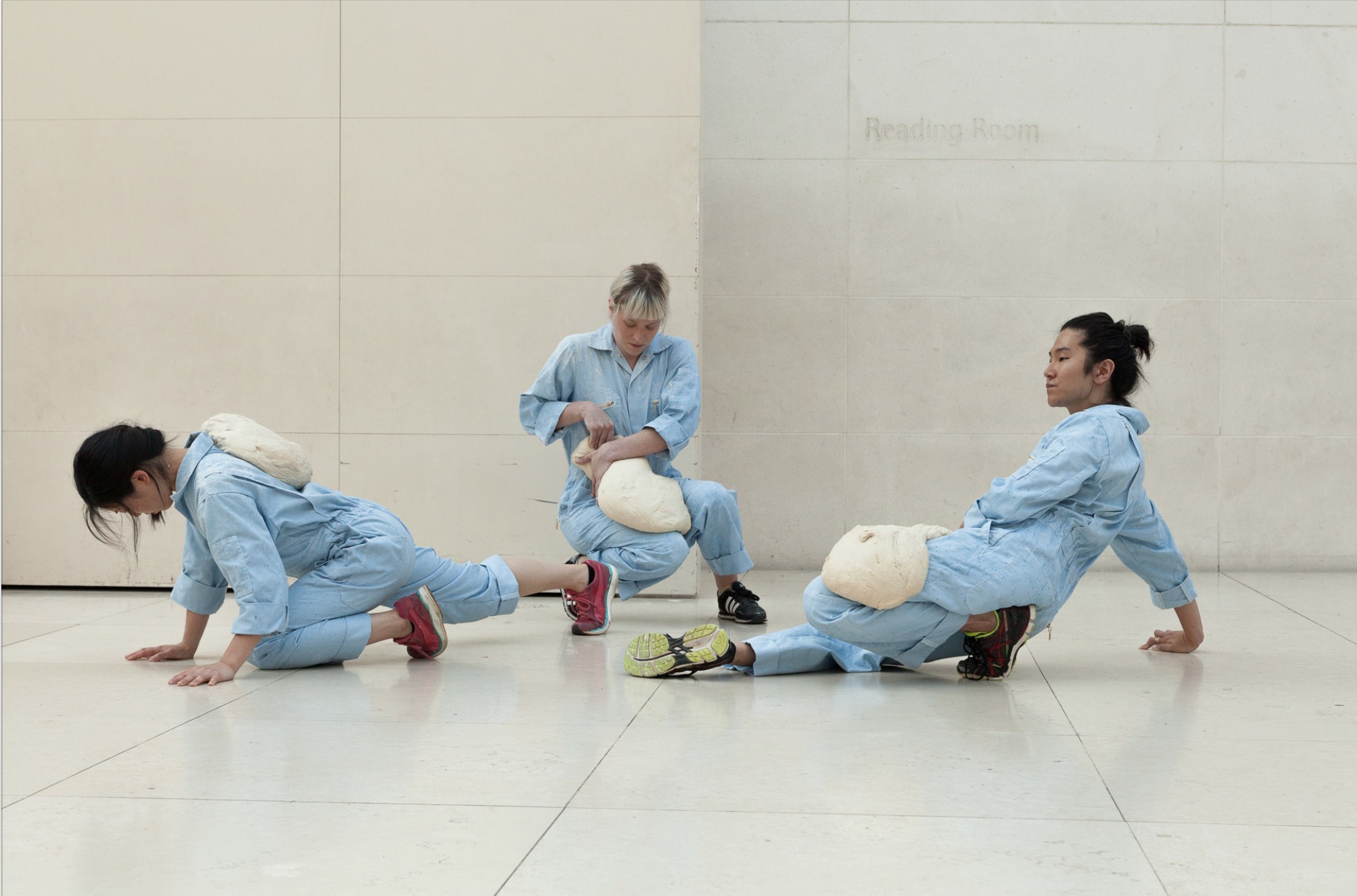Designers Betty Liu and Claire Myers’ performance art and photographic series, Eating the Other, uses food and fashion to highlight Western perceptions of Chinese culture. In an interview with MOLD, Liu pointed out that portrayals of China are “often situated using historical aesthetics, in comparison with the modernity of the West.” Through the exaggeration of garment silhouettes and performative interactions with food, Liu’s project reveals how these stereotypes are manifested in contemporary media.

The performance piece begins with four models wearing identical, oversized Chinese qipaos, the traditional Chinese dress typically with mandarin collar and frog closures, while seated around a table. Two more models enter the room and begin inspecting the array of Chinese dishes laid out on the table, picking up and throwing around pieces of food. While the oversized, dramatic garments worn by the models emphasizes the homogeneity of portrayals of Chinese culture, Liu told MOLD that the performance’s blasé treatment of food examines, “how ethnic food is met with hostility and reservations, particularly when it comes to its visibility in the West.”
Liu’s selection of food further scrutinizes representations of Chinese food abroad; while fried rice is treated as a staple of Chinese food in the United States, ingredients like chicken feet—regarded as a delicacy in China—are difficult to find in Western restaurants because they make consumers uncomfortable. American conceptions of Chinese food also neglect regionality, painting a picture of Chinese cuisine that remains unchanged throughout the country.
Merging the contrasting depictions of Chinese food in the West and in China itself, Liu used meats from both interpretations of Chinese cuisine for eating the other. Present in her project were proteins ranging from steamed barramundi, chicken feet, roast duck, and steamed pork belly to lemon chicken.
The performative aspect of her work underscored the subjective manner in which the West chooses to define Chinese cuisine, as models mimicked the pick-and-choose attitude towards Chinese ingredients that Westerns often adopt. Through the combination of this performance with photography, Liu hopes that she has utilized the power of, “food and imagery to highlight how the Western gaze creates a uniform idea of China that appears across different mediums in the media.”



